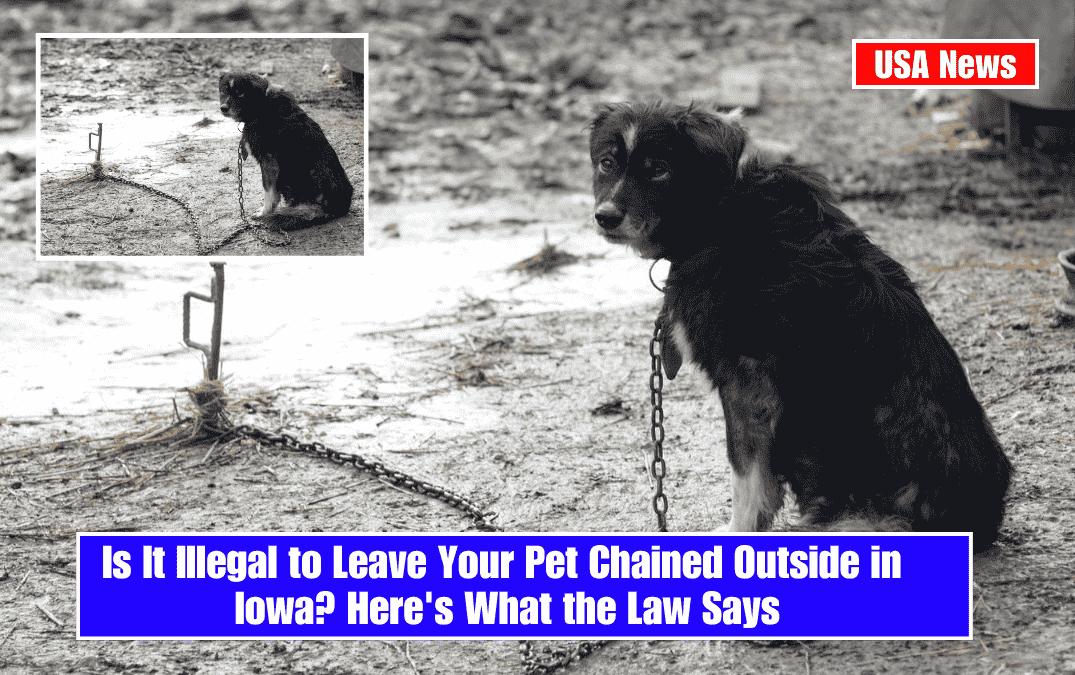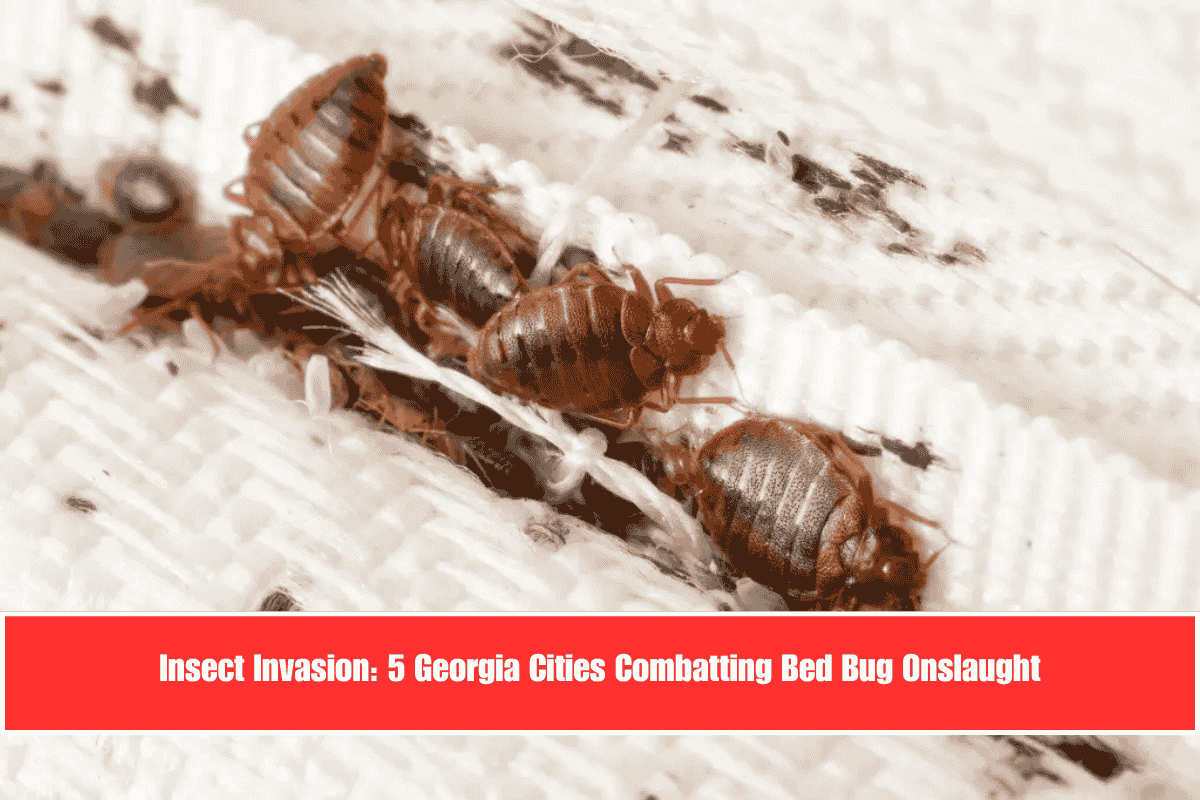Leaving a pet chained or tethered outside is a subject of growing legal scrutiny in Iowa. While the state does not have a complete ban on tethering, there are strict regulations at both the state and local levels governing how, when, and for how long a pet can be left chained outdoors. Here’s a detailed look at what the law says.
Statewide Iowa Law on Tethering
- Time Limits: Under Iowa law, it is illegal to tether and leave an animal unattended continuously for more than 30 minutes in any three-hour period. An animal is considered “unattended” if the owner is 50 feet or more away and the animal is out of eyesight.
- Tethering Restrictions: The law prohibits tethering dangerous animals, tethering animals in a way that gives them access to public sidewalks or streets, and tethering to certain objects like utility poles, parking meters, buildings, trees, or fences. Tethering in unsafe locations or in a manner that allows entanglement with another animal is also forbidden.
- Collar Requirements: It is illegal to tether an animal with a collar made of metal (except for the buckle) or with a collar designed to tighten (such as a slip lead or noose).
- Animal Welfare: Iowa’s animal cruelty statutes require that all animals, whether tethered or not, must have adequate food, water, shelter, and veterinary care. Tethering that causes pain, suffering, or neglect can result in animal cruelty charges.
Local Ordinances: Stricter Rules in Some Cities
Many Iowa cities have enacted additional regulations on tethering:
- Newton, Iowa: Animals may not be tethered and left unattended between 10:00 p.m. and 6:00 a.m. The tether must be between 10 and 50 feet in length, and animals cannot be tethered in a way that allows access to public sidewalks or streets, or to unsafe locations. Metal or tightening collars are prohibited.
- Waterloo, Iowa: Tethering is only allowed on the owner’s property. The tether must be at least 10 feet long, not weigh more than one-eighth of the animal’s body weight, and must not allow entanglement or strangulation. When temperatures fall below 30°F or rise above 85°F, tethering for more than 15 minutes without adequate shelter, food, and water is prohibited.
- Riverside, Iowa: It is unlawful to chain or tether a dog to a stationary object for more than five hours in any 24-hour period.
Animal Cruelty and Neglect
Even if a specific tethering act does not violate a local ordinance, it can still be prosecuted as animal cruelty if it results in the animal suffering from lack of food, water, shelter, or causes injury. Iowa law defines animal abuse as intentionally, knowingly, or recklessly inflicting injury, serious injury, or death on an animal by force, violence, or poisoning.
Table: Iowa Tethering Laws
| Provision | State Law | Example City Ordinance |
|---|---|---|
| Max unattended tethering time | 30 min/3 hrs | 0 min (overnight, Newton) |
| Tether length | <10 feet illegal | 10–50 feet (Newton/Waterloo) |
| Metal/tightening collars | Illegal | Illegal |
| Weather restrictions | Not specified | 15 min max in extreme temps (Waterloo) |
| Access to public spaces | Illegal | Illegal |
| Entanglement/unsafe locations | Illegal | Illegal |
It is not outright illegal to leave your pet chained outside in Iowa, but there are strict statewide and local regulations that must be followed. Tethering for long periods, using unsafe equipment, or leaving a pet in dangerous or neglectful conditions can result in fines, misdemeanor charges, or animal cruelty prosecution.
Always check your local ordinances, as many cities have stricter rules than state law. Following these laws helps ensure the safety and well-being of your pet and keeps you on the right side of the law.
SOURCES:-
[1] https://www.oflaherty-law.com/learn-about-law/iowa-dog-laws
[2] https://www.peta.org/issues/animal-companion-issues/ordinances/newton-iowa/
[3] https://dogtime.com/reference/106547-iowa-animal-cruelty-law-dog-chain
[4] https://www.peta.org/issues/animal-companion-issues/ordinances/tethering-waterloo-iowa/
[5] https://www.riversideiowa.gov/files/code/chapter55_animal_protection_and_control.pdf









